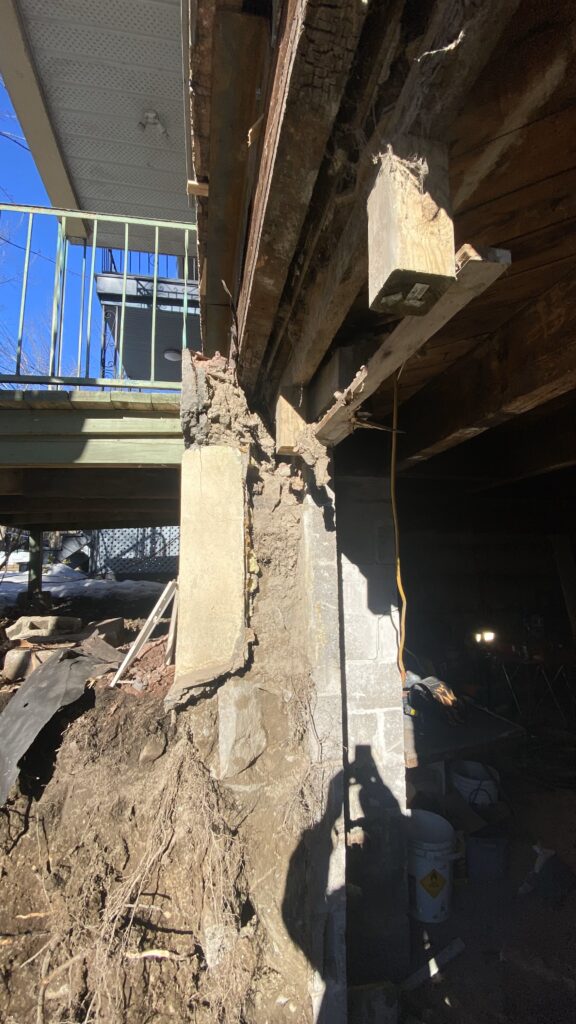
Crumbling Foundations:
Crumbling foundations are a significant concern for homeowners, as they can jeopardize the structural integrity of a property and lead to costly repairs. Foundations made from rubble, concrete blocks, or those with cladding on the inside and outside can exhibit signs of major deterioration over time. In this blog, we’ll explore the causes of crumbling foundations, the effects on your home, and effective solutions to address the issue.
Causes of Crumbling Foundations
Several factors contribute to the deterioration of foundations, particularly those made from rubble or concrete blocks:
Poor Drainage: Improper drainage around the foundation can lead to water pooling, which can seep into cracks and weaken the foundation structure. Over time, this constant exposure to moisture will compromise the integrity of concrete.
Soil Erosion: Erosion of the soil beneath and around the foundation can lead to instability. When soil is washed away by heavy rains or poor drainage, the foundation may begin to settle unevenly, causing cracks and crumbling.
Freeze-Thaw Cycles: In climates with freeze-thaw cycles, water that seeps into cracks can freeze and expand. When it thaws, it can leave gaps and weaken the structure of the foundation, especially in rubble and concrete block foundations.
Chemical Exposure: Concrete is susceptible to chemical damage from substances like salts used for de-icing driveways or from groundwater that is high in sulfates. These can react with the concrete, causing deterioration over time.
Poor Construction Practices: Substandard materials, inadequate mixing, or improper curing practices during construction can lead to a weak foundation. Foundations built with layers of rubble or unreinforced concrete blocks are especially prone to crumbling if not done correctly.
Cladding Issues: Foundations clad on the inside and outside with materials that trap moisture can exacerbate deterioration. The cladding may not allow the foundation to breathe, leading to moisture build-up and eventual weakening of the concrete.
Signs of Foundation Deterioration
As a homeowner, being aware of the signs of crumbling foundations is crucial:
- Cracks in Walls or Floors: Noticeable cracks in the walls, floors, or ceilings can indicate shifting or settling of the foundation.
- Uneven Floors: Sloping or uneven floors may signal that the foundation is deteriorating.
- Doors and Windows Sticking: When doors and windows are difficult to open or close, it may be a result of the foundation moving.
- Visible Crumbling or Chipping: If you can see visible crumbling or chipping of the concrete or rubble foundation, immediate action is required.
Effects of Crumbling Foundations
The consequences of not addressing crumbling foundations can be severe:
- Collapse Risk: A significantly compromised foundation can lead to partial or total collapse, posing dangerous risks to occupants.
- Increased Repair Costs: The longer the problem goes unaddressed, the more extensive and expensive repairs will become.
- Decreased Property Value: A home with foundation issues may see a significant drop in market value, making it difficult to sell.
- Legal Liabilities: Failing to repair known structural issues can result in legal liabilities if injuries occur.
Solutions for Crumbling Foundations
Addressing crumbling foundations is essential for maintaining the safety and value of your home. Here are some effective solutions:
Comprehensive Inspection: Hire a highly qualified building engineer or foundation specialist to perform a comprehensive inspection of the foundation. They can identify the extent of the deterioration and recommend the best course of action.
Remove Cladding: If the cladding is contributing to moisture issues, consider removing it to allow better airflow and moisture control.
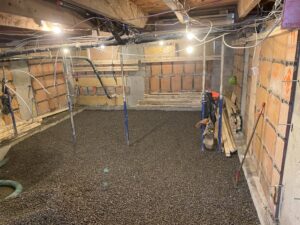 Foundation reinforcement: In cases of severe deterioration, underpinning may be necessary to reinforce the foundation. This involves deepening or extending the existing foundation to provide additional support.
Foundation reinforcement: In cases of severe deterioration, underpinning may be necessary to reinforce the foundation. This involves deepening or extending the existing foundation to provide additional support.
Repair Cracks and Deterioration: Using epoxy injections or specialized repair materials, cracks and damaged areas can be filled and reinforced. This step is crucial for restoring structural integrity.
Foundation Replacement: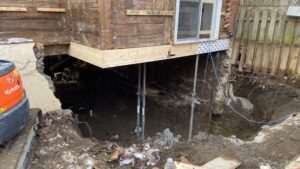
If the foundation has suffered extensive damage that cannot be effectively repaired, foundation replacement may be the best solution. This involves completely removing the existing foundation and replacing it with a new, structurally sound foundation tailored to the specific needs of your home. This process typically requires comprehensive planning, engineering evaluation, and careful execution to ensure a solid new foundation.
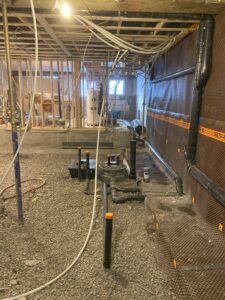 Improve Drainage: Ensure proper drainage around your foundation to prevent water pooling. This could include installing French drains, gutter extensions, or re-grading to direct water away from the foundation.
Improve Drainage: Ensure proper drainage around your foundation to prevent water pooling. This could include installing French drains, gutter extensions, or re-grading to direct water away from the foundation.
Remove Cladding: If the cladding is contributing to moisture issues, consider removing it with materials that allow better airflow and moisture control.
Conclusion
Crumbling foundations can pose serious risks to your home’s safety and value. By being aware of the causes, recognizing the signs of deterioration, and taking timely action, homeowners can protect their investment and ensure the longevity of their property. If you suspect your foundation may be crumbling, don’t wait—consult with a highly qualified building engineer. If you need assistance or an evaluation of your foundation, Contact us today for expert advice and support tailored to your specific needs. Regular maintenance and prompt attention to foundation issues can help you avoid costly repairs and preserve the integrity of your home for years to come.

